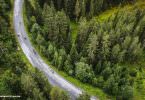A name somewhat bandied about nowadays, Gran Fondos are popping up all over the globe, but exactly what is this Italian tradition? Are they the same the world over? Who is capable of winning one? And who really needs a gregario? The tradition of the Gran Fondo goes back to the core of the Italian cycling scene: competitive, ruthless even, and full gas from start to finish.
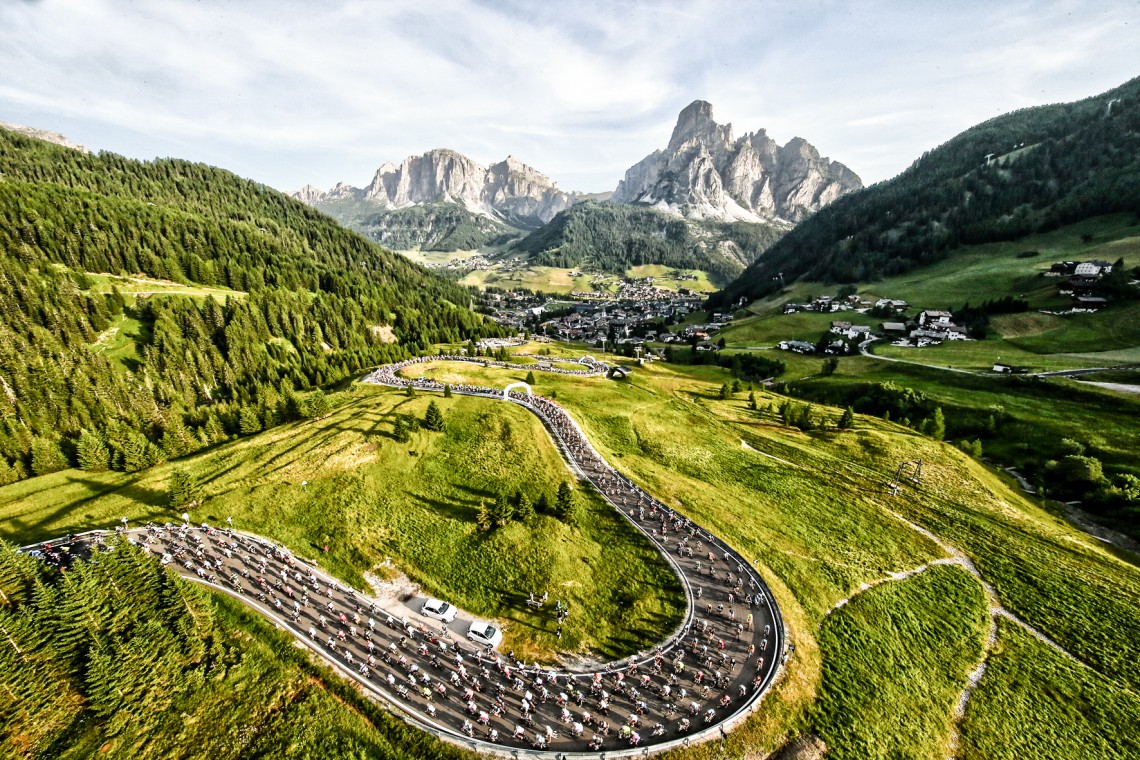
The typical professional cyclist deal in Italy sees young guns race until the age of 25. After that, they have three options:
1: In the ideal scenario they’ll land a professional contract and move on to bigger and better things
2: They’ll melodramatically hang up their wheels and start to embellish their riding career with stories beginning with ‘Well I was destined to make it as a pro but …’;
3: They choose to race Gran Fondos.
And this is exactly what makes Gran Fondos so bloody hard. As a racing outlet for countless failed professionals, the front end of Gran Fondos are quick, really quick. Then add prestige, eternal local glory and big prize money into the equation and you might get an idea of just how ultra competitive Gran Fondos are – but we’re talking real Italian Gran Fondos that is. However, it isn’t all tactics, race radios and team cars, this just applies to a minority of the thousands who enter these events. They aren’t called mass participation for nothing.
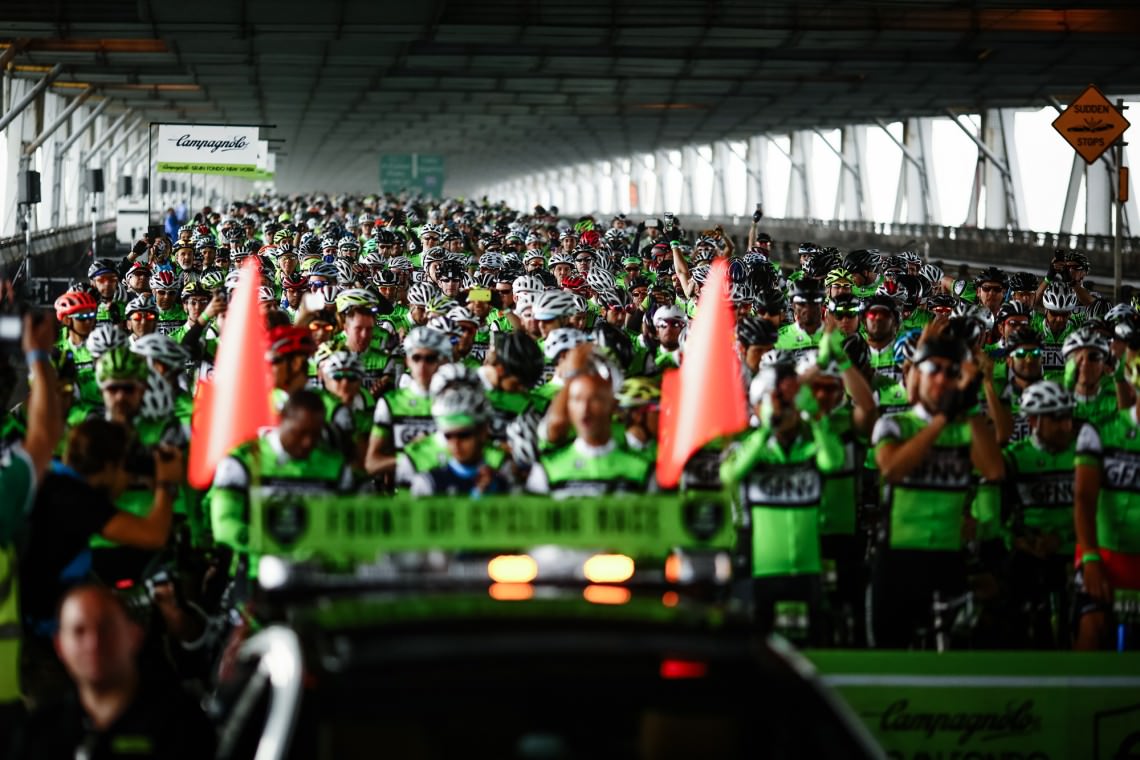
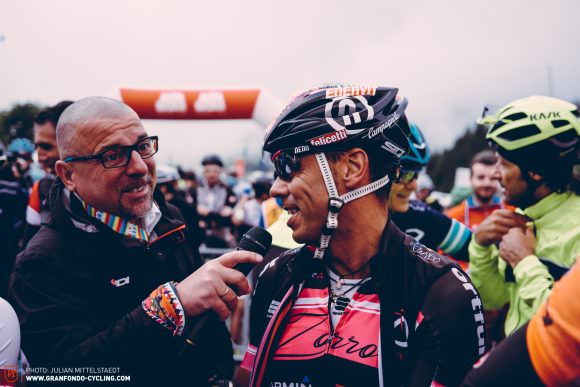

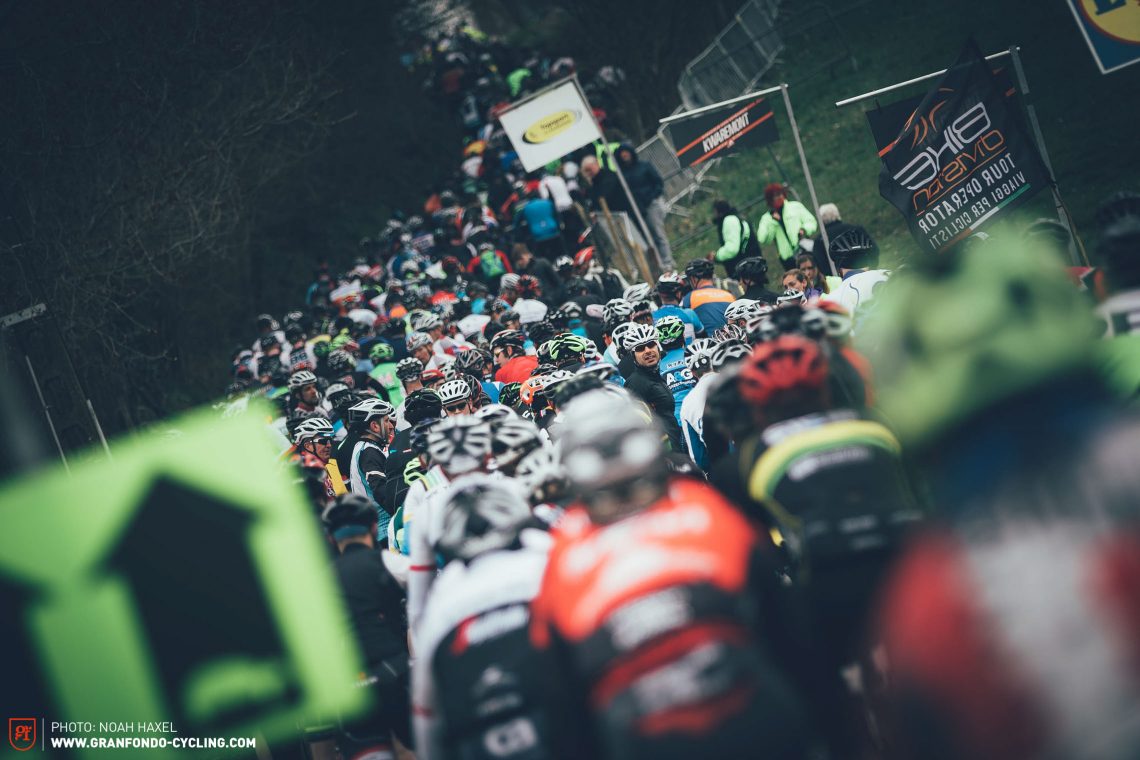
If you want a straight-out comparison of what these events are, think about running a marathon. Gran Fondos, much like big city marathons, are where you can be in the exact same event as some of the world’s best. And just like in London, Berlin or Boston, there’s one race at the front, but further back people are fighting their own race just to finish. So whatever name you give to a mass participation cycling event – be it a sportive, a cyclosportive, a sportif or an Etape – there are some sure-fire similarities, but there are also some crucial intricacies that are worth acquainting yourself with.
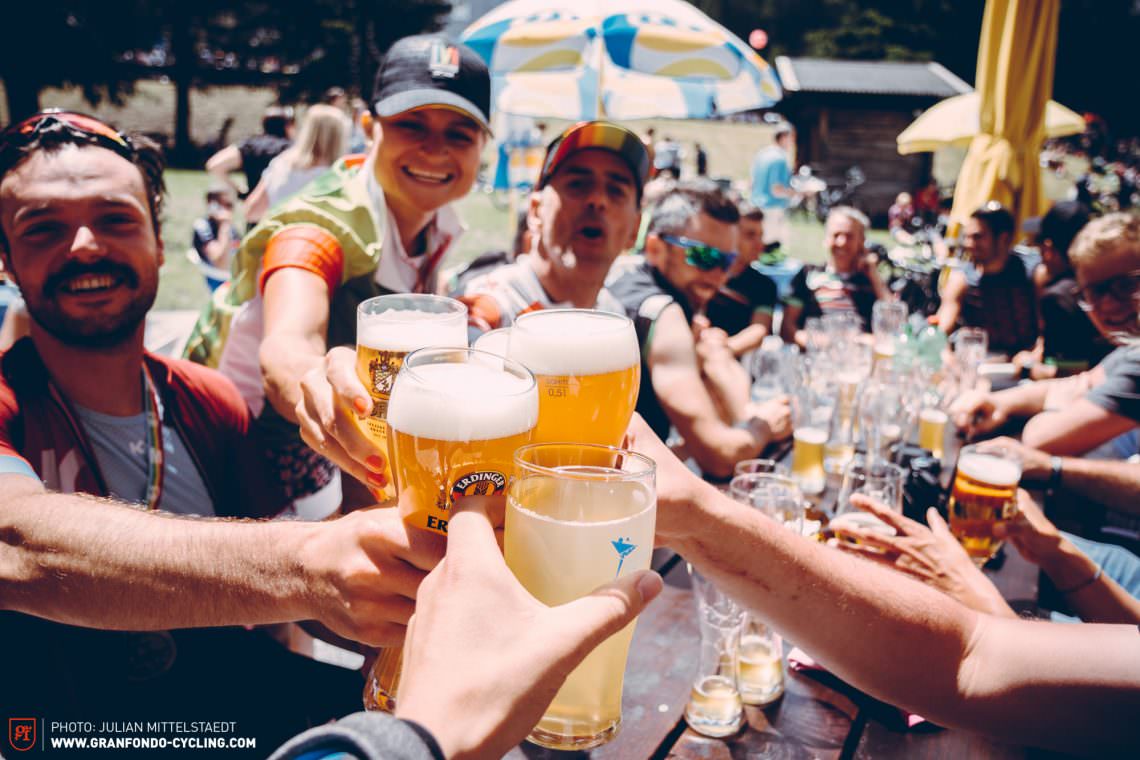
Not solely about the racing as only a select few gain anything from a position in these events, Gran Fondos are at their core about riding in amazing places, making new friends with like-minded people and enjoying some delicious local food and drink afterwards. After all, is a podium position going to result in a pro contract? It might temporary squash the what-ifs and the dented egos, but ultimately they aren’t a World Tour classic – although given the shoving and the nerves in the front group before the first major climb, you’ll realize that not everyone has read that memo.
La pancia della gara [the belly of the race]
Moving away from riders and the core principles behind the Italian scene, Gran Fondos traditionally consist of three different routes: corto (short), medio (medium) and lungo (full distance). This renders them accessible to all types of riders – although, this is Italy remember, so expect the climbs to be steep and tough.
The majority of these events are one big loop, but if your legs aren’t feeling it on the day then you might be able to gracefully drop down to a shorter distance. Unfortunately only a few of the largest Gran Fondos in Italy are run on exclusively closed roads. The rest are run with moderated traffic and/or police escorts, where the riders are going to have the right of way between the lead and follow vehicles.
As a race Gran Fondos reputably began in 1970 with the Nove Colli, which takes in nine climbs as the name suggests. It’s still one of the country’s most popular – and this is evident by the sheer volume of people taking part, with start waves of thousands of riders heading off and reputed queues to get up the first climb. If you’re after the very essence of Gran Fondo racing then we’d suggest the Maratona dles Dolomites and La Campionissimo, which both scream that racing ethos in every visible vein, and attract Italy’s best riders.
These days, Gran Fondos aren’t all about positions or course records, although the winner can usually expect a good fanfare across the length and breadth of Italy. The core of these events are the thousands of riders who are there for the simple pleasure of riding some of the most challenging cycling routes. Results vary too, with certain events legally obliged to display finisher’s names alphabetically instead of the typical order of prestige; however, this depends on the country, the local laws and also tradition.

Italy versus the rest of Europe:
Mass participation cycling events take place across Europe, although the successful adoption of the Gran Fondo-style mass start and mass participation ethos has only really caught on in France and Austria with French cyclosportives and Austria’s mountainous Ötztal Radmarathon and Giro d’Arlberg etc. Then there are a couple of other specific events in Europe (Mallorca 312, for example) that have effectively adopted the Gran Fondo mass start and mass participation ethos. Events such as the Etape du Tour, or sportives in the UK either have a start window (so-called French style start) or start in waves to ease traffic on the roads. While on paper it might not sound wildly different, staggered starts are in stark contrast to the mass starts of Italian-style Gran Fondos, where experience in riding in big packs is crucial – expect the riding to be pretty nervous until you hit the first hill.

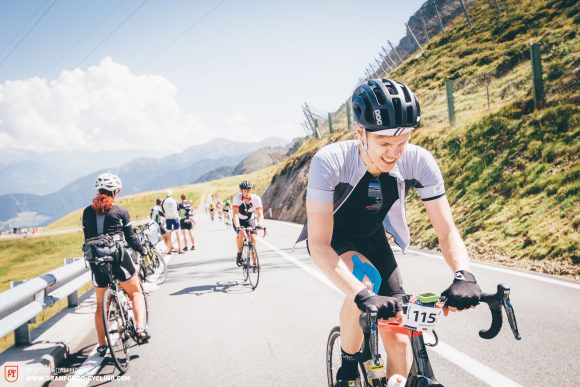


To calm the precarious situation somewhat for female riders, Gran Fondo organisers tend to place women in the first pen on the grid, regardless of ability. This makes for interesting viewing in the first group as waif-like women with steely eyes do their best to ward off the arrogance and aggressive of the testosterone-fuelled cyclists around them. Thinking back to the Gran Fondo Marco Pantani in 2011, we don’t reckon we’ll ever forget the tenacity of one of the top female rider as she defiantly smacked all male riders in her vicinity for coming too close to her and her gregario. Incidentally, it’s worth knowing what – or who – a gregario is: these are any female rider’s best friend, bodyguard, and windshield for the day, basically towing her around the circuit. A common practice in Italian Gran Fondos, gregarios aren’t typically frowned upon so don’t judge harshly if you get beaten. These ladies are strong, but it helps to have a slipstream when you’ve got to ride along a 60 km valley. For the women out there, it might be a good idea to find a friend if you want to be competitive.
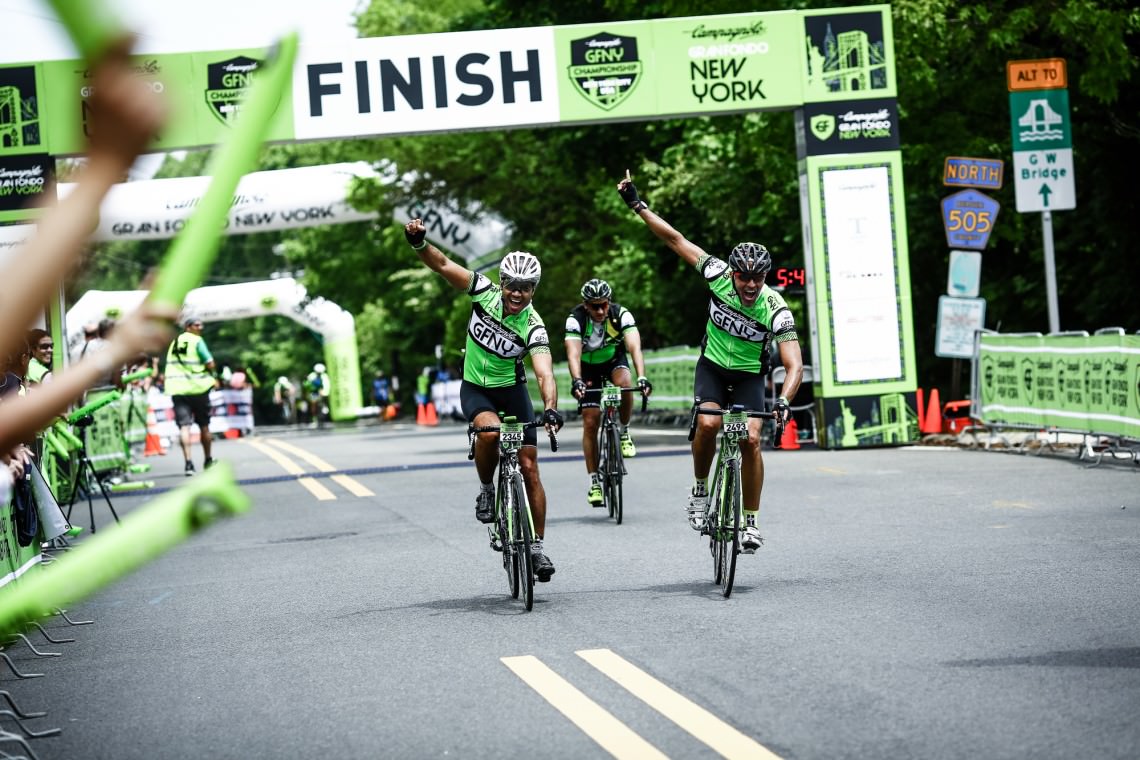
Italy versus the rest of the world:
One country that has recently adopted the name Gran Fondo for their events is the US. And with so many Gran Fondos popping up stateside now, including the Gran Fondo New York, Gran Fondo Hincapie, Gran Fondo Levi Leipheimer amongst others, it’s hard to ascertain which ones have the genuine Italian racing flair – and which ones are purely Gran Fondo by name. Word on the circuit has it that Gran Fondo New York has been masterfully modelled after Italian Gran Fondos and attracts plenty of hardcore racers from all over the globe to take on the local Cat1s. Interestingly for many riders, the newer American incarnation of the Gran Fondo includes mass-participation rides purely with timed climbing sections. An enticing option if you’re after a more laidback day of organized riding, the Gran Fondo Hincapie stands out as a decent alternative for a different take on a Gran Fondo.
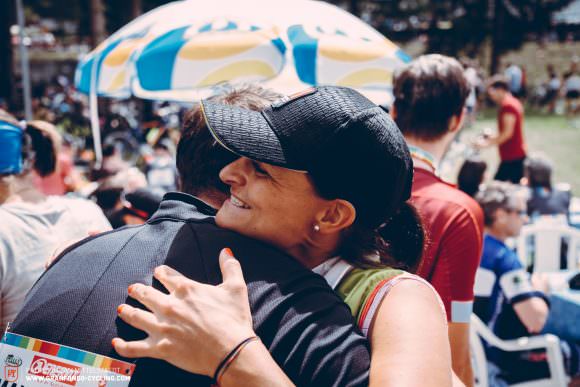
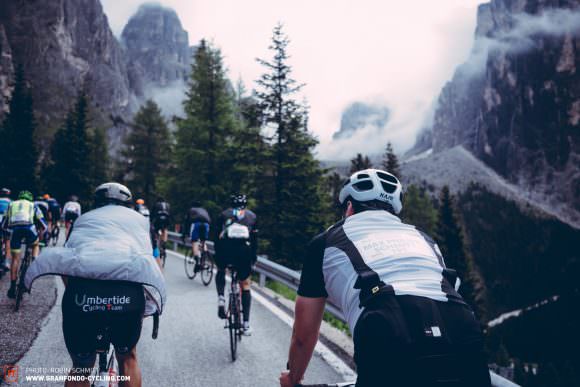


But while we are more than sure that these are great events, allowing you to ride in some of the most beautiful areas in the US, the traditionalist inside of us will always argue that Gran Fondos really only take place in Italy. Plus, the laws stateside stipulate that riders must abide by the laws of the road, which we’re sure you’ll agree are only loosely interpreted in Italy. After all, stopping at traffic lights and stop signs isn’t really conducive to winning. But as you can imagine, there are always exceptions: A few organizers such as GFNY make a huge effort (also financially) to provide closed roads during the race.
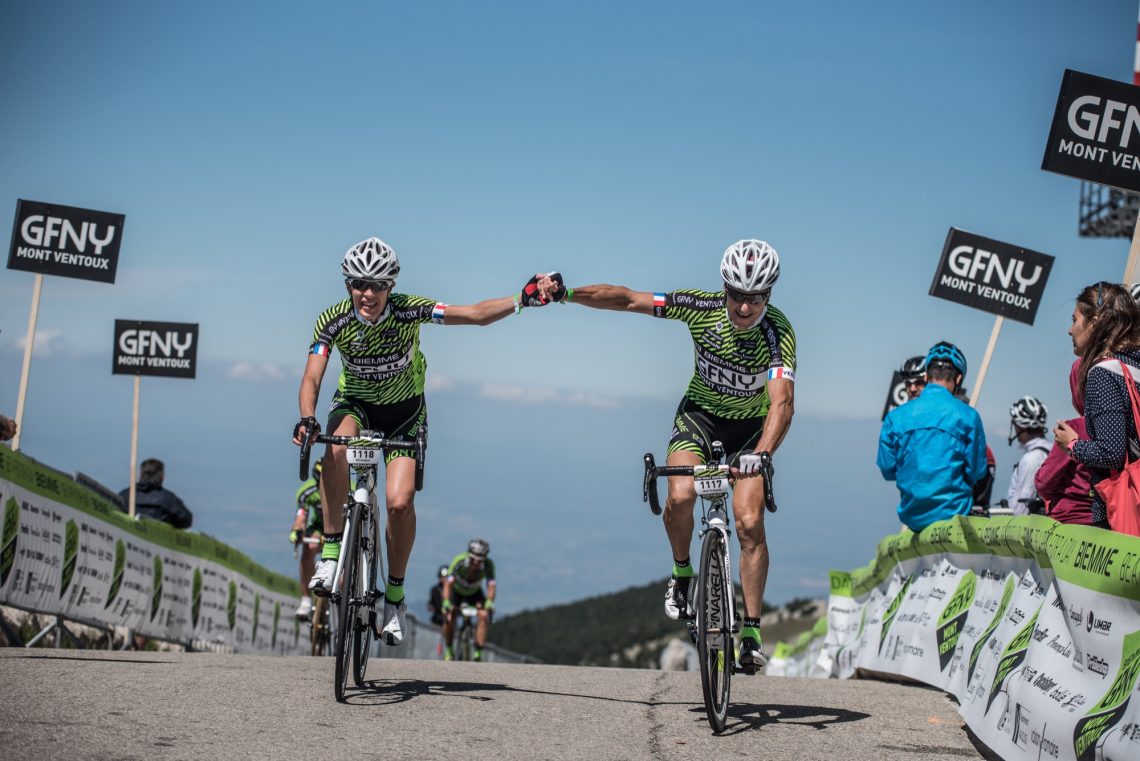
So whatever your take on Gran Fondos, racing for glory and money, attempting to make up for a failed pro career, testing your body to the limits, or simply riding routes that are part of cycling history, there is one thing that unites them all and that’s the premise of riding spectacular routes en masse and enjoying the atmosphere at the end. And for those of us not based in the Alps, they are the perfect excuse to travel and right those climbs we’ve always seen on television. Plus, once the finish line has been crossed, the best Gran Fondo part begins with a well-earned beer.
Did you enjoy this article? If so, we would be stoked if you decide to support us with a monthly contribution. By becoming a supporter of GRAN FONDO, you will help secure a sustainable future for high-quality cycling journalism. Click here to learn more.
Words: Johan Filberto Photos: Johan Filberto, Noah Haxel, Robin Schmitt, GFNY, Freddy Planinschek




